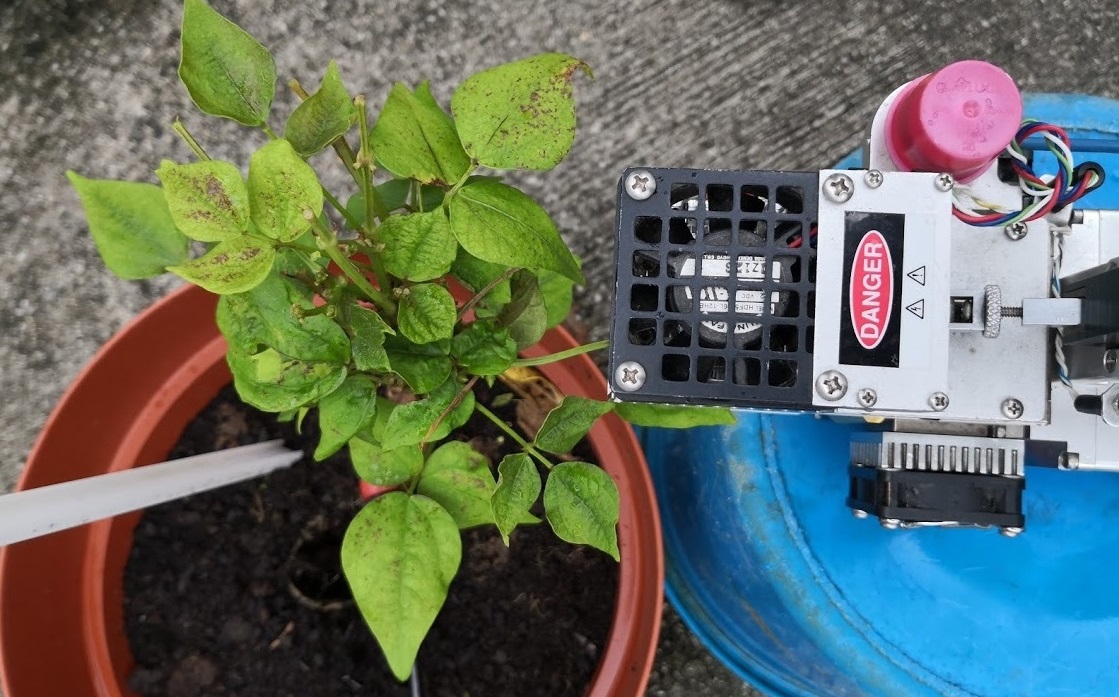English
繁體中文
简体中文

It’s everyone’s worst nightmare: out of nowhere, a giant wave sweeps in from the sea, ending lives and destroying property with indiscriminate ferocity. While we can forecast bad weather, tsunamis triggered by giant submarine volcanic eruptions can devastate places and populations with very little warning. CUHK Professor Tan Yen Joe is trying to collect data that will allow scientists to better forecast the eruption of undersea volcanoes, potentially saving thousands of lives and sparing people untold misery.

Over the past 40 years, there has been a marked increase in powerful super typhoons in the Pacific like Typhoon “In-fa” and “Cempaka”. From analysing recent typhoons and making projections based on a high-resolution climate model, a CUHK research team revealed that typhoons in Asia could be more intense at landfall, last longer and potentially double their punch by the end of this century, and they will travel further inland and do much more damage if global warming continues.

Current technology like satellite remote sensing is sharper and faster than the human eye in studying earth terrain for climate change effects but limited in detecting changes to landscape from massive and vast permafrost thawing. A CUHK geophysicist has developed an AI tool “DeepThaw”, a unique algorithm fed by massive numbers of satellite images to detect destabilised slopes over a wide area automatically to address the risk our cryosphere is facing.

An “ozone garden” is where a CUHK research team studied bean plants attempting to grow under Hong Kong’s rising ozone skies in the first plant-based measurement of ozone in the South China Region. Even though it was Spring and in the countryside, the ozone eroded the beans and stressed them into opening more flowers, forcing them to wither more quickly.